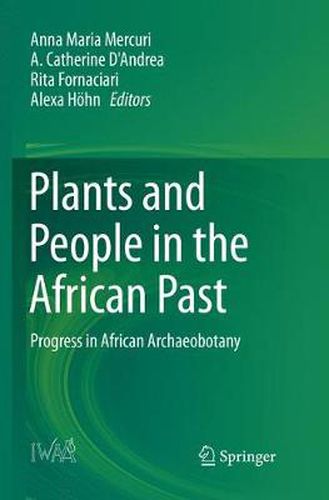Readings Newsletter
Become a Readings Member to make your shopping experience even easier.
Sign in or sign up for free!
You’re not far away from qualifying for FREE standard shipping within Australia
You’ve qualified for FREE standard shipping within Australia
The cart is loading…






There is an essential connection between humans and plants, cultures and environments, and this is especially evident looking at the long history of the African continent. This book, comprising current research in archaeobotany on Africa, elucidates human adaptation and innovation with respect to the exploitation of plant resources. In the long-term perspective climatic changes of the environment as well as human impact have posed constant challenges to the interaction between peoples and the plants growing in different countries and latitudes. This book provides an insight into/overview of the manifold routes people have taken in various parts Africa in order to make a decent living from the provisions of their environment by bringing together the analyses of macroscopic and microscopic plant remains with ethnographic, botanical, geographical and linguistic research. The numerous chapters cover almost all the continent countries, and were prepared by most of the scholars who study African archaeobotany, i.e. the complex and composite history of plant uses and environmental transformations during the Holocene.
$9.00 standard shipping within Australia
FREE standard shipping within Australia for orders over $100.00
Express & International shipping calculated at checkout
There is an essential connection between humans and plants, cultures and environments, and this is especially evident looking at the long history of the African continent. This book, comprising current research in archaeobotany on Africa, elucidates human adaptation and innovation with respect to the exploitation of plant resources. In the long-term perspective climatic changes of the environment as well as human impact have posed constant challenges to the interaction between peoples and the plants growing in different countries and latitudes. This book provides an insight into/overview of the manifold routes people have taken in various parts Africa in order to make a decent living from the provisions of their environment by bringing together the analyses of macroscopic and microscopic plant remains with ethnographic, botanical, geographical and linguistic research. The numerous chapters cover almost all the continent countries, and were prepared by most of the scholars who study African archaeobotany, i.e. the complex and composite history of plant uses and environmental transformations during the Holocene.